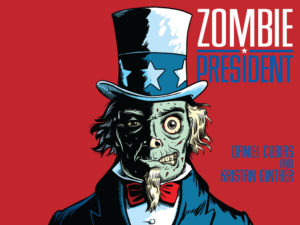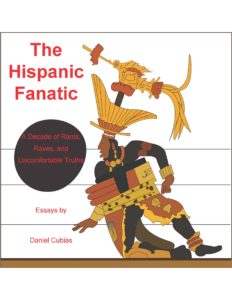Last week, scientists announced that they had finally cracked an Aztec math code. It took the researchers 30 years of work to decipher what the ancient inhabitants of Mexico meant when they wrote equations with symbols of hearts and arms and arrows. Apparently, it was an elaborate setup for a dirty joke involving a high priestess named Txchotl…actually, it wasn’t, but wouldn’t that have been cool?
No, the Aztecs had the same concerns as everybody else. They kept financial records to make sure nobody was ripping them off. The coded entries referred to land transactions, tax assessments, and the like.
It’s discombobulating to realize that, hundreds of years ago, these fierce warriors took breaks from pillaging villages and throwing virgins into volcanoes to handle the red tape of government bureaucracy. The Aztec version of the IRS must have been murder.
However, the mundane solution to the mysterious code doesn’t address a larger question. Namely, why would academic researchers spend decades trying to figure out what long-dead Latinos had recorded?
Perhaps it is because the Aztecs, along with the Incas and the Mayans, continue to tantalize the imagination, centuries after their extinction. They remain the Big Three of original Hispanic culture.
I’ll talk more about the reasons for this fascination in later posts. I’m just pleased we finally know that, according the Aztecs, a bone equals one-fifth of a rod… and suddenly we’ve lapsed back into that vulgar joke.




